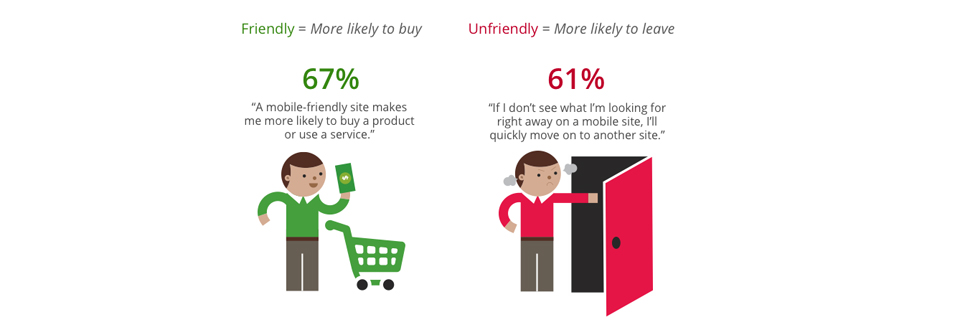Avoid tiny mistakes and make your SEO strategies a big hit!
Having a good website for your business is like a must have as it helps in spreading the word about your products and services. As everyone is now turning to the Internet, a sophisticated looking website has become a necessity even for a small business. But what about those mistakes on local websites that may hamper your SEO plans or promotional strategies?
Well! The best strategies won’t work if the basic foundation of your website is not up-to-the-mark. So, I have compiled a list of 7 common mistakes most business people make with their website and hopefully this will help you sort out a few issues. Lets have a look at the list:-
1. Over Keyword Concentrations – To attract a larger audience, over stuffing the main keywords is not at all good for your website. You can combine some product-specific keywords with main keywords, but you shouldn’t make repetitions. Over stuffing may make your web page an obvious SEO content, which will prevent search engines from counting your landing pages for high rankings.
2. Focusing Just on Your Brand – Many business owners feel like concentrating more on their brand will make them acquire a better position in the World Wide Web. If you too think that way, just give a thought that your competitors are also selling the similar product or service. Give more emphasize to what differentiate you from others and this will help you offer more than just a brand.
3. Focusing Just on Your Product – You have a website and selling some products or services, and your competitors are also doing the same thing. Concentrating just on your product is another common mistake that may narrow your website’s reach. It’s better to talk about your business, your vision, your mission and what sets you apart. This way you can have an edge over your competitors and your website will be more SEO friendly.
4. Underestimating Local Search Ranking Factors – As the complexity of search search results has increased, following the same traditional SEO path may not let you enjoy all the benefits of your website. It is important to set your local optimization elements appropriately and having a good knowledge of overall ranking factors.
5. Not Making a Mobile Friendly Site – Whether you are a small business owner or run an entire chain, it is important to give a better thought to your website. Today, the convenience of smartphones is leading to rise in the mobile phone usage and most people prefer using their phones for an online search. As discussed on a site, having a not mobile friendly site means that you may loose your potential customers. Creating a site that adjusts itself according to the size of the smartphone or tablet could be a perfect solution.
6. Not Measuring Statistics – It is not necessary that web users always use the same keywords or key phrases to search a particular product. So it is crucial to check your statistics and make required changes. Have a close look at clickthroughs for your PPC ads and measure how long your users are staying on each landing page. A well-designed SEO campaign will help you watch statistics, create high-quality content and choose the appropriate keywords.
7. Not Having Unique Meta Tags and Descriptions – Having just your company name as the title for every page could lead to low search rankings. Make sure that the meta tags and meta descriptions are unique and descriptive. The web pages could focus on more specific keywords like your product and services that are popular queries. Meta description should be relevant and should include significant keywords.
Give your business a boost by avoiding the above mentioned common mistakes…
Image Source:



